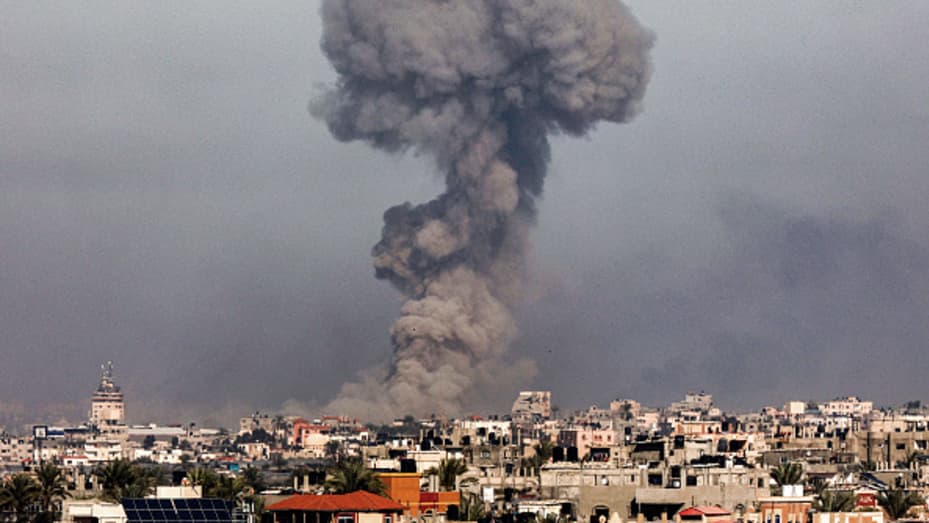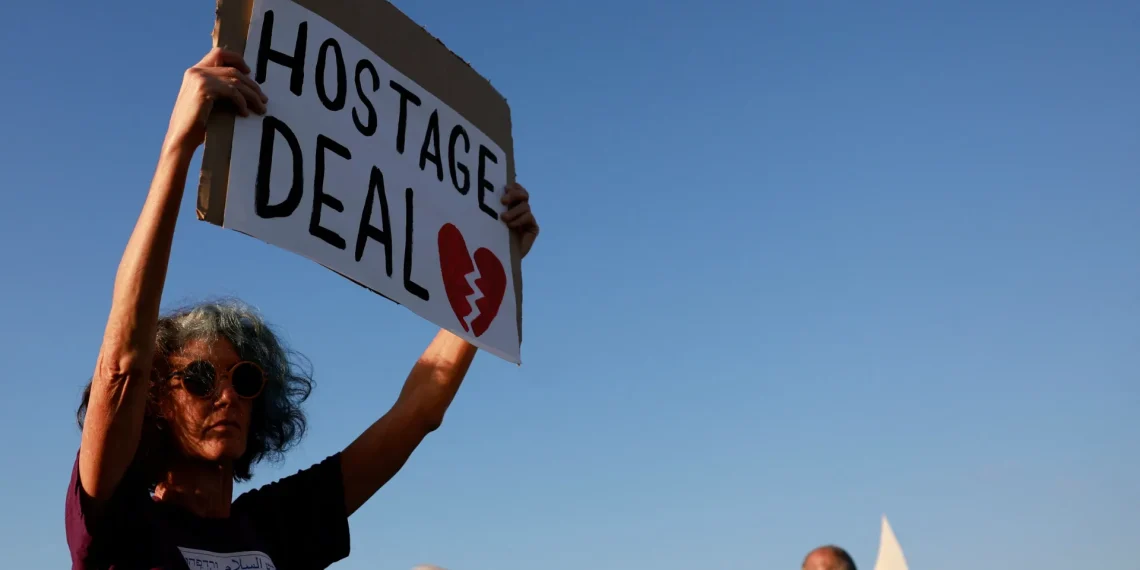Israel and Hamas broadly agree on an exchange of hostages for prisoners during a month-long ceasefire, but differences persist in achieving a permanent end to the Gaza conflict. Mediation efforts by Qatar, Washington, and Egypt aim to release hostages in phases, focusing on civilians first.
The recent round of diplomacy, initiated on Dec. 28, narrowed the initial ceasefire duration to around 30 days. However, Hamas demands a “package deal” with a permanent ceasefire agreed before releasing hostages, complicating negotiations. Israel proposes ending the war if Hamas removes six senior leaders, but this is rejected.
Almost four months after the Hamas attack, Israel’s offensive hasn’t eradicated Hamas’ leadership. Netanyahu emphasizes “total victory,” but pressure mounts to reach a deal. Israel’s military faces the highest daily death toll, with 24 fatalities. Israel refuses any end to the war without dismantling Hamas. Efforts are ongoing to secure the hostages’ release, with past mediation leading to a week-long truce in November.
Qatari and U.S. negotiators sent a framework for a new agreement, but disparities emerged over the truce duration. Recent weeks witnessed U.S. and Qatari mediators bringing the sides closer to a 30-day process, including hostage release, aid entry to Gaza, and freeing Palestinian prisoners.
Despite challenges, sources suggest a deal could be imminent. U.S. diplomatic efforts, led by Secretary of State Antony Blinken, aim to end the violence. However, Hamas seeks guarantees against resuming conflict post-hostage release.

Hamas wants guarantees from the U.S., Egypt, and Qatar for ceasefire implementation, fearing Israel’s resurgence after freeing civilians. Hamas initially sought the release of all Palestinian prisoners involved in the Oct. 7 attacks, but demands softened. Talks indicate a focus on concluding operations in Khan Younis before a long-term ceasefire, though the status of Israel’s troops in Gaza remains uncertain.





